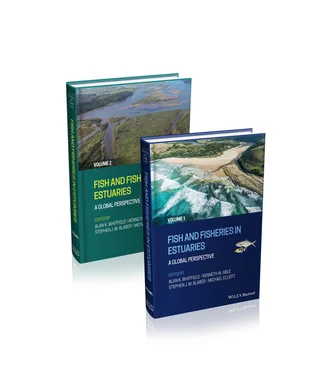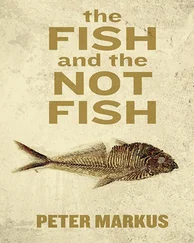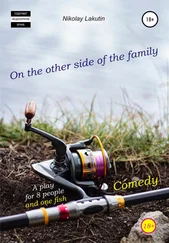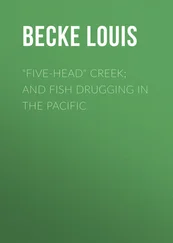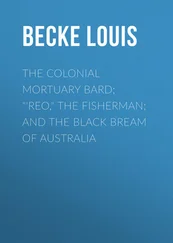In East Africa, there are limited ‘estuarine’ coastal waters and, although sciaenids are present, they are not a dominant component of the fauna as is the case in tropical and subtropical estuaries in other parts of the world where riverine influences on the marine environment are greater. Apart from sciaenids, other dominant families such as the engraulids, carangids, clupeids and haemulids are broadly comparable across all the above regions (Barletta & Blaber 2007). However, within the Indo‐West Pacific, clupeids and engraulids are far more diverse and numerous in the estuarine coastal waters of equatorial south‐east Asia than in other areas (Blaber 2000).
There are important differences in the relative proportions of tropical freshwater species, both between and within regions. Freshwater species make up more of the fish fauna in tropical Atlantic estuaries (Barletta et al. 2005) than in the Indo‐West Pacific or East Pacific, particularly in South America, where many of the very diverse fauna of siluriid catfishes are common in estuaries that are dominated by freshwater inputs and oligohaline conditions are widespread. Similarly, in West Africa various silurids and cichlids make a significant contribution to estuarine communities that receive strong riverine inflows. Localised differences in estuarine fish assemblage composition may be related to differences in the amount of catchment rainfall, with run‐off in some systems so great that it leads to a degree of ‘estuarisation’ of adjacent coastal waters (Able 2005, Whitfield 2005, Jaureguizar et al. 2006).
In more arid parts of the world (e.g. much of Australia and South Africa), freshwater fish species are usually not significant components of the estuarine fish fauna where polyhaline and euhaline salinities are prevalent (e.g. Blaber et al. 1989, Valesini et al. 2014, Whitfield 2015). The estuaries in equatorial regions of south‐east Asia have rather more freshwater species than other areas of the Indo‐West Pacific but, despite the high diversity of freshwater fish faunas in Borneo and Sumatra (Hubert et al. 2015), relatively few fish species live in estuaries. Higher rainfall areas, e.g. eastern South America, western Africa, south‐east Asia, which are classified as tropical rainforest or monsoonal climates (Kottek et al. 2006), may provide a greater input of fresh water into estuaries and a high representation of freshwater fish taxa. In comparison, lower rainfall areas of eastern and southern Africa and Australia result in polyhaline or euhaline estuarine waters that are dominated by marine and estuarine fish species (Potter et al. 1990).
Moreover, in the case of the Indo‐west Pacific, freshwater systems on the Sunda Shelf (e.g. Java, Borneo and Sumatra) contain predominantly primary freshwater fish (sensu Myers 1949) and thus these species have no tolerance to saline water (Hubert et al. 2015). In contrast, areas to the south east of Wallace's line (e.g. Wallacea, New Guinea and northern Australia) are dominated by peripheral division fish, including amphidromous species, which have a marine origin and thus could colonise estuaries (Unmack 2001, Tweedley et al. 2013). Nevertheless, with regard to the proportions of freshwater species, it is probable that other factors, such as the greater diversity of possibly preadapted Siluriiformes, are important (Blaber 2000). Perhaps one of the best examples of changing fish assemblages between river catchment and coast is from the Caribbean (Central America) study by Winemiller & Leslie (1992) who found that different suites of common fish species characterized streams, rivers, estuarine lagoons and sea.
Salinity regimes are a major driver in determining which fish species/groups dominate particular estuaries, with those taxa with the strongest euryhaline characteristics being best adapted to colonise most types of estuaries, ranging from predominantly oligohaline to hyperhaline. Indeed, the ability of a fish to utilise a particular habitat within an estuary is primarily dependent on that species being able to tolerate the salinity regime associated with that habitat (Whitfield et al. 2006, Smyth & Elliott 2016). The most successful and widespread estuary‐associated species globally are those that are highly euryhaline such as the oxeye tarpon Megalops cyprinoides and flathead mullet Mugil cephalus (Krispyn et al. 2021). Of the four major ichthyological categories present in South African estuaries, elasmobranchs are most prevalent under euhaline conditions, marine fish species under euhaline, polyhaline and mesohaline conditions, estuarine‐resident species under polyhaline, mesohaline and oligohaline conditions, and freshwater fish species under oligohaline conditions (Whitfield 2019). Overall, the fish species best adapted to hyperhaline conditions were marine teleosts but these conditions occurred in only a few estuaries on the subcontinent.
Based on multivariate analyses of South African ichthyofaunas, Harrison (2002) identified three biogeographic provinces, i.e. a subtropical east coast, a warm‐temperate south coast and a cool‐temperate west coast ( Figure 2.1). As one moves from the subtropical east coast around towards the cool‐temperate west coast, estuarine fish diversity declines (Wallace & van der Elst 1975). This is linked to the attenuation in the distribution of tropical species, with the fauna of east coast estuaries dominated by subtropical and tropical Indo‐Pacific species (Blaber 1981). Towards the warm‐temperate south coast, there is a marked change and the percentage contribution of tropical species decreases while that of temperate species increases. The fish faunas of the estuaries on the cool‐temperate west coast have a much lower diversity and comprise mostly cosmopolitan species or cool water endemic taxa (Harrison 2005). In a subsequent more detailed analysis, using presence/absence, abundance and biomass data, Harrison & Whitfield (2008) showed that the fish assemblages in the different biogeographic regions were distinct ( Figure 2.2).
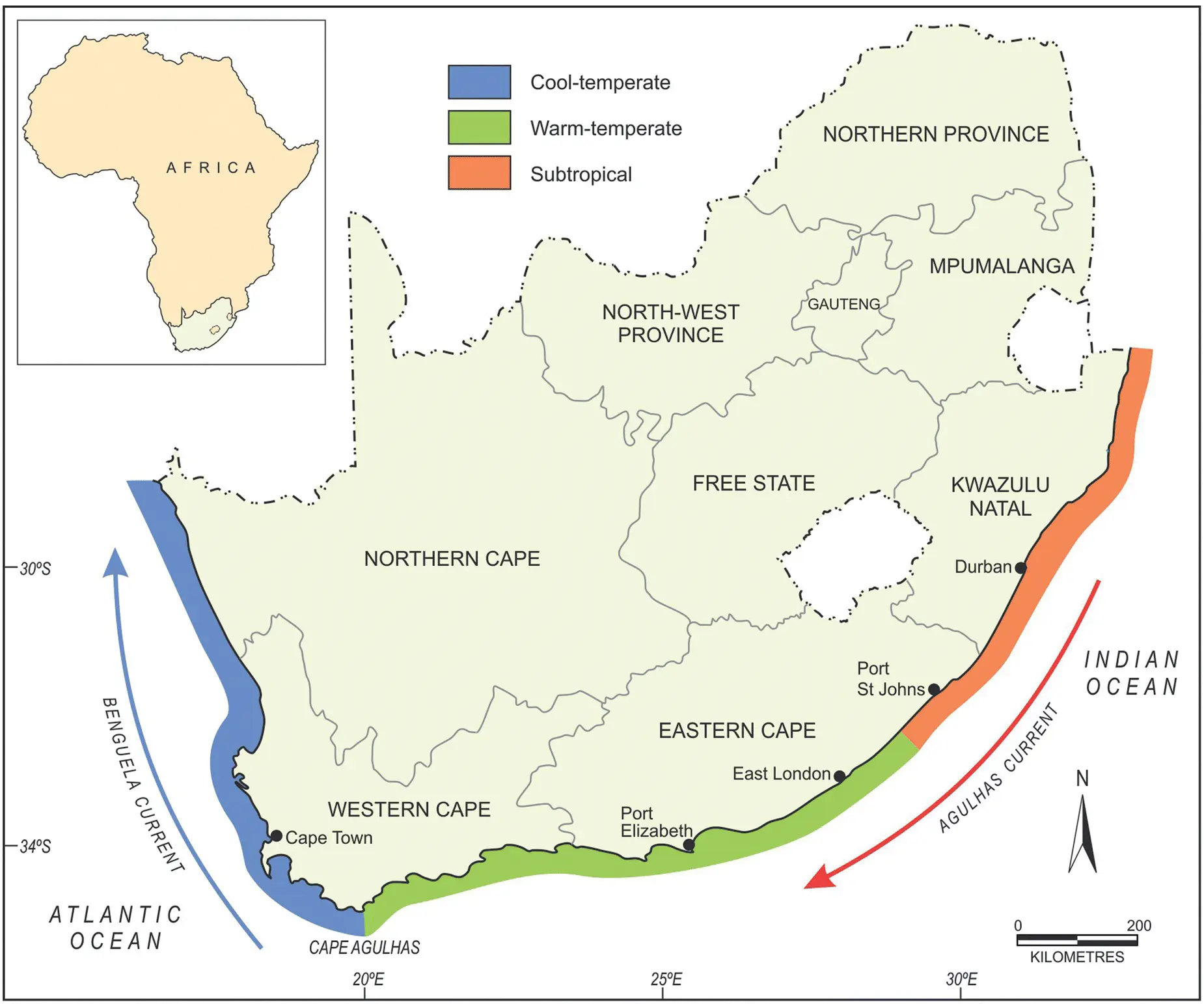
Figure 2.1 Map of South Africa indicating the three biogeographic provinces, based on an analysis of estuarine fish assemblages
(modified from Harrison 2002).
Marine estuarine‐opportunist (MEO) species that use estuaries as nursery areas were the dominant taxa in all estuary types within all biogeographic regions (Harrison & Whitfield 2008). Although many MEO taxa utilise estuarine nursery areas, most are not entirely dependent on these environments and are able to use alternative marine nursery areas (Elliott et al. 2007). The paucity of estuaries in the South African cool‐temperate region probably favours those species that are not entirely dependent on estuaries as their nursery areas but are also able to utilise alternative marine nursery areas such as coastal embayments. The mugilid Chelon richardsonii , for example, is a key MEO species in cool‐temperate estuaries and, although their juveniles utilise estuarine nursery areas, they have also been recorded in the inshore waters of sheltered embayments on the Cape coast of South Africa (Clark et al. 1994). A similar situation has been reported in Australia, where the juveniles of MEO species such as the mugilid Mugil cephalus appear to prefer estuarine nursery areas in temperate Western Australia where there are numerous rivers, but further north in subtropical regions, where there are no estuaries, the juveniles of M. cephalus are abundant in nearshore waters (Lenanton & Potter 1987). Marine straggler (MS) species, which are likely to be physiologically stenohaline, generally do not constitute a numerically important component of the ichthyofauna in estuaries, especially along coasts where river flow is substantial and estuarine salinity is low.
Читать дальше
